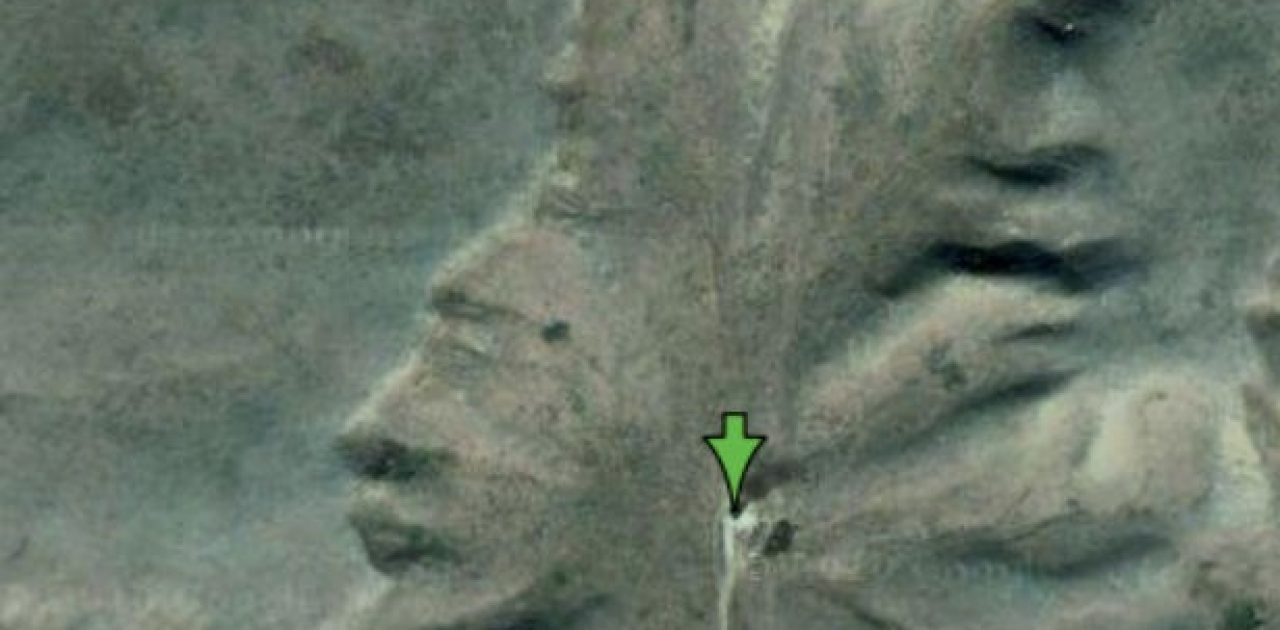


Perhaps the most profound effect of the contemporary proliferation of satellites centres on the way their extraordinary powers of seeing from above are now harnessed to computers and smart phones. Today the aerial view – the image of everywhere – seems to be everywhere. 242.Īt such a point, he suggests, ‘there exists only a small leap in logic between the prospects of satellites armed with missiles for self-defence, to satellites (or space-bombers/orbiters) armed with missiles and bombs for offensive purposes.’43 546–60.ĥ8This case is described in more detail in chapter 12.ĥ9Michael Byrne, ‘Google Earth and the Bahraini Uprising’, Motherboard, 17 February 2011, available at /.Ħ1Brian Holmes, ‘Drifting through the Grid: Psychogeography and Imperial Infrastructure’, May 2003, available at springerin.at.Ħ2Lars Lerup, ‘Vastlands Visited’, in Alan Berger, ed., Drosscape: Wasting Land in Urban America, New York: Princeton Architectural Press, 2006, p. 444–59.ĥ7Chris Perkins and Martin Dodge, ‘Satellite Imagery and the Spectacle of Secret Spaces’, Geoforum 40:4, 2009, pp. 127–48.ĥ5James Walter, ‘Archimedean Witness: The Application of Remote Sensing as an Aid to Human Rights Prosecutions’, PhD thesis, Los Angeles, UCLA.ĥ6Linda Quiquivix, ‘Art of War, Art of Resistance: Palestinian Counter-Cartography on Google Earth,’ Annals of the Association of American Geographers 104:3, 2014, pp. 535–45 Andrew Herscher ‘From Target to Witness: Architecture, Satellite Surveillance, Human Rights’, in Bechir Kenzari, ed., Architecture and Violence, Barcelona: Actar, 2010, pp. 523–34.ĥ4See Lisa Parks, ‘Digging into Google Earth: An Analysis of “Crisis in Darfur”’, Geoforum 40:4, 2009. 66.ĥ3Michael Crutcher and Matthew Zook, ‘Placemarks and Waterlines: Racialized Cyberscapes in Post-Katrina Google Earth’, Geoforum 40:4, 2009, pp. 6.ĥ2Cited in Roger Stahl, ‘Becoming Bombs: 3D Animated Satellite Imagery and the Weaponization of the Civic Eye’, MediaTropes 2:2, 2010, p. 97.ĥ1See Daniel Laforest, ‘The Satellite, the Screen, and the City: On Google Earth and the Life Narrative,’ International Journal of Cultural Studies, 2015, p.

164–70.Ĥ8Daniel Laforest, ‘The Satellite, the Screen, and the City: On Google Earth and the Life Narrative’, International Journal of Cultural Studies, July 2014.ĥ0Leon Gurevitch, ‘Google Warming: Google Earth as Eco-machinima’, Convergence 20, 2014, p.
BADLANDS GUARDIAN GOOGLE EARTH 360 FREE
200–1.Ĥ6See Hito Steyerl, ‘In Free Fall: A Thought Experiment on Vertical Perspective’, E-Flux Journal 4, 2011, available at /journal.Ĥ7Mark Dorrian, ‘On Google Earth’, New Geographies 4, 2011, pp. 11.Ĥ5See Chris Tong, ‘Ecology without Scale: Unthinking the World Zoom,’ Animation 9:2, 2014, pp. 739.Ĥ4Ursula Heise, Sense of Place and Sense of Planet: The Environmental Imagination of the Global, Oxford: Oxford University Press, 2008, p. , Disrupted Cities: When Infrastructure Fails, New York: Routledge, 2009.Ĥ3Robert David Onley, ‘Death from Above: The Weaponization of Space and the Threat to International Humanitarian Law’, Journal of Air Law and Commerce 78, 2013, p. The Death and Life of Great American Cities, Intergovernmental Panel on Climate Change (IPCC), Vertical: The City From Satellites to Bunkersīuy land – they’re not making it any more,


 0 kommentar(er)
0 kommentar(er)
